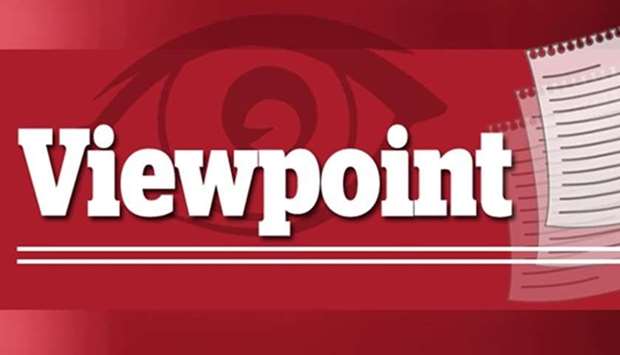In an effort to quell stubborn inflation, the US central bank - Federal Reserve recently raised benchmark interest rates by another three-quarters of a percentage point and indicated it will keep hiking well above the current level.
This marks the fifth and likely not the last rate hike of the year.
The Fed took its federal funds rate up to a range of 3-3.25%, the highest it has been since early 2008, following the third consecutive 0.75 percentage point move.
As rates rise, the cost of borrowing also becomes more expensive. What this means is that there will be an increase in interest rates for mortgages, credit cards and loans, affecting millions of people around the world.
Fed chairman Jerome Powell said: “We are strongly resolved to bring inflation down to 2%, and we will keep at it until the job is done.”
Analysts therefore expect the rates to go up by at least 1.25 percentage points in Fed’s two more scheduled meetings this year.
In August, US inflation increased to 8.3% over the previous year, though it has declined slightly from July’s 8.5% reading and June’s record high 9.1% yearly increase, according to the Bureau of Labour Statistics.
With inflation hitting record highs, the Fed is obviously under a great deal of pressure from policymakers and consumers to get the situation under control. One of the Fed’s primary objectives is to promote price stability and maintain inflation at a rate of 2%.
By raising interest rates, the Fed aims to slow down the economy by making borrowing more expensive. In turn, consumers, investors and businesses pause on making investments and purchases with credit, which leads to reduced economic demand, theoretically reeling in prices and balancing the scales of supply and demand.
Some analysts are of the view that the fight against inflation may land the US economy – the world’s largest – in a recession. That may results in possible layoffs and an uptick in unemployment.
But there is a view that the US economy doesn’t look that bad. Some analysts point out that the US employment growth remains strong, and many measures of economic activity are growing – even if more slowly than last year.
Oil and food prices have been falling at the wholesale level, and consumers are beginning to see the results in stores. Gasoline prices fell below $4 per gallon in August.
Consumer spending remains positive as consumers continue to spend down the massive savings they accumulated during the pandemic, they cite.
Following the Fed rate hike, the dollar hit a fresh two-decade high against a basket of currencies, gaining more than 1%. The US currency’s strength - it has appreciated by more than 16% on a year-to-date basis - has stoked concern at central banks around the world about potential exchange rate and other financial shocks.
As the global economy is interconnected, millions of people around the world have already felt the sting of inflation for months together. Efforts by Fed and other central banks around the world to tame inflation have not yielded positive results so far.

Viewpoint
